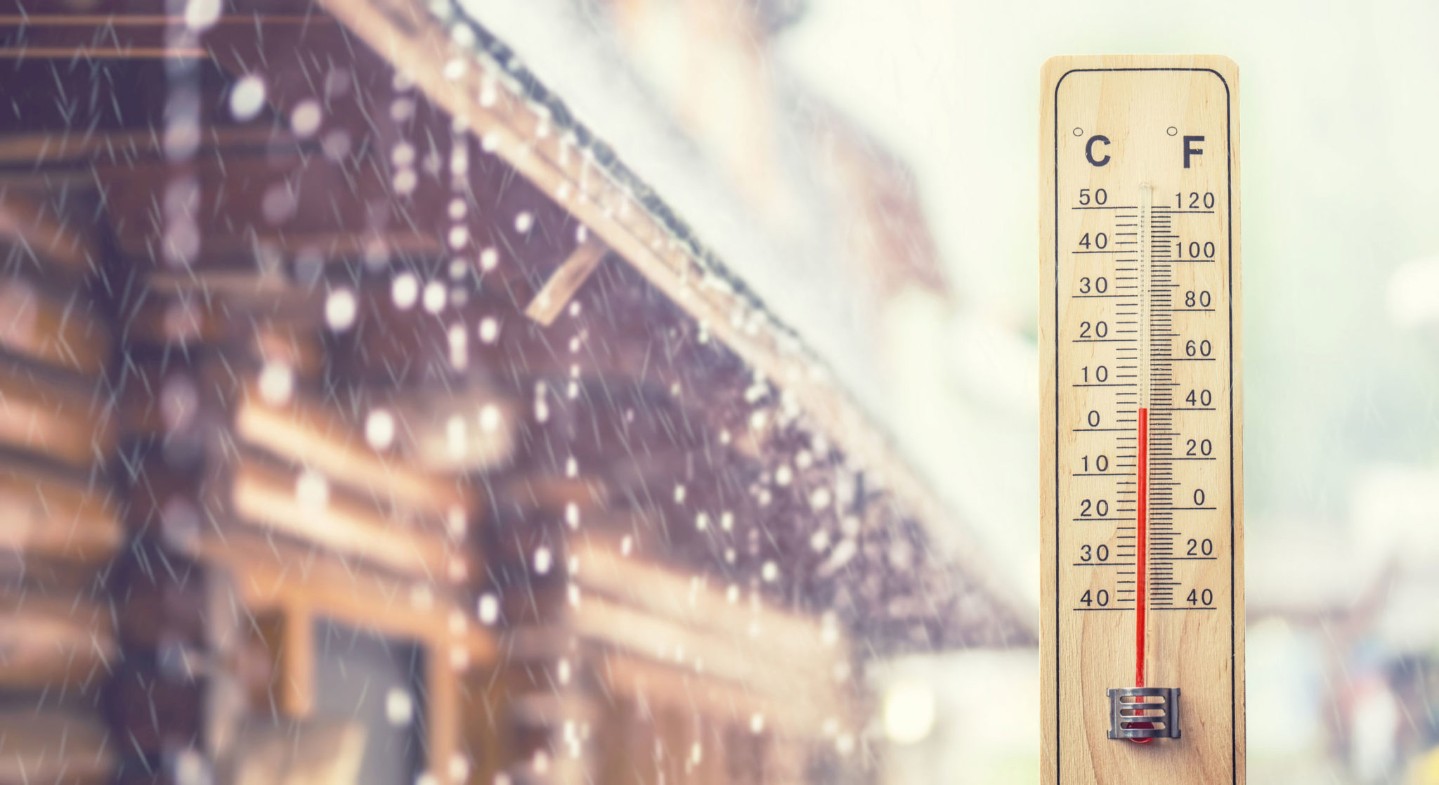Implanted Heart Rhythm Devices
APR 08, 2024A healthy lifestyle is very important to protect the electrical system of the heart. Once it gets damaged, the heart may have little ability to recover.
Read More
There’s an iconic image from legendary medical illustrator Frank Netter, MD that I will never forget from my medical school days. It’s a picture of a man clutching his chest as he exits a restaurant to trudge into the snowy night. The artwork was originally published in 1969 as part of the CIBA Collection of Medical Illustrations that serves as the benchmark for anatomic art in the last half century. I’d venture that there is not a doctor on the planet who is not familiar with the artistic footprint of Dr. Netter.
This particular picture accompanies the section of the atlas pertaining to “angina pectoris,” the chest pain that arises when the heart muscle is not getting an adequate supply of blood and oxygen. While the symptoms can be variable, angina is most often described as a squeezing pressure in the chest. As is typical of Dr. Netter’s style, his illustration captures many of the subtleties of the subject described. The man is middle-aged and mildly overweight and one can clearly see the burning ember of a cigarette butt he’s dropped into the snow. He is coming out of a restaurant and lumbering up a couple of steps into the driving winter wind. His right hand claws at his chest (see Levine sign) as his left hand loses its grip on his brief case.
In this illustration, Dr. Netter has made sure all the elements are there for a classic case of angina.
Risk factors? Check.
Exertion? Check.
Recent culinary indiscretion at a local pub? Check.
Driving snow and winter wind? Now it’s getting personal.
Those of us in the Midwest have had our share of arctic conditions over the last month as our temperatures hover well below freezing for what seems like an eternity and snow blankets our region to a degree that’s not been seen in years. The deep drifts have brought with them the familiar early morning buzz of snow blowers being reluctantly fired up for action, and, with that, come the admissions to the hospital of patients with heart attacks and chest pain.
While this is something I can’t quantify with any reliable objective data, my feeling is that I have seen more patients this year with heart conditions exacerbated by the elements than I’ve seen in years past. Is this just my imagination—my mind, being driven mad by the numbness of the arctic chill—or is there evidence linking a miserable winter to a rise in heart disease?
Indeed, solid research confirms the link between a bad winter and a rise in the rate of cardiac events. In one study, published in the British Journal of Medicine in 2004, researchers tracked temperature and climate data from 24 different countries in an attempt to establish a link between lousy weather and heart attacks. They discovered that a strong relationship exists between low temperature and the population’s rate of heart attacks and stroke. Their conclusions were so robust that they were able to provide an algorithm for determining what sort of rise in problems we can expect with cold air: “On average, a 5°C reduction in mean air temperature was associated with a 7% and 12% increase in the expected hospitalization rates of stroke and AMI (heart attack), respectively.” (How would it be if we added that to our evening weather broadcast? “And for tomorrow we can expect a high of 5 degrees, winds out of the north at 15 mph, and scattered heart attacks throughout the metro area.”)
Another study, published in the journal Circulation the same year, showed that the risk of cardiac-related death is at its absolute highest in the period between Christmas and New Years Day. The authors are careful to point out that it’s not clear whether the increased prevalence of heart attacks is due to the cold weather or the abundance of stale fruitcakes and spiked eggnog.
What, exactly, are the possible factors that lead to winter heart attacks in susceptible individuals? Here are some possibilities:
At the precise moment a person with occult coronary disease is at his deconditioned, flabbiest worst, he decides it’s time to man up and get out in the subzero temperature to perform his own stress test behind a 75-lb snow blower. It’s no surprise the night ends up with a trip to the cath lab.
I suppose the best way to avoid a January visit to the coronary care unit is to keep yourself in good shape during the rest of the year so that snow removal season isn’t such an extraordinary departure from your usual physical activity. Stay warm, get your flu shots, and watch your diet and your weight.
If there’s any question about your physical capability to shovel snow or rake ice off your roof, check with your doctor—it may be better to first try the conventional office-based stress test before you attempt the do-it-yourself-in-the-driveway method. I don’t think Dr. Netter needs any more modeling subjects for his medical atlases.

A healthy lifestyle is very important to protect the electrical system of the heart. Once it gets damaged, the heart may have little ability to recover.
Read More
Heart disease is the number one cause of death for women and men, claiming more lives than all forms of cancer combined.
Read More
With heart disease remaining the number one killer of women and men in the United States, it’s important to take action to protect your heart – even if you feel fine.
Read MoreWhen you need local health information from a trusted source, turn to the CHI Health Better You eNewsletter.